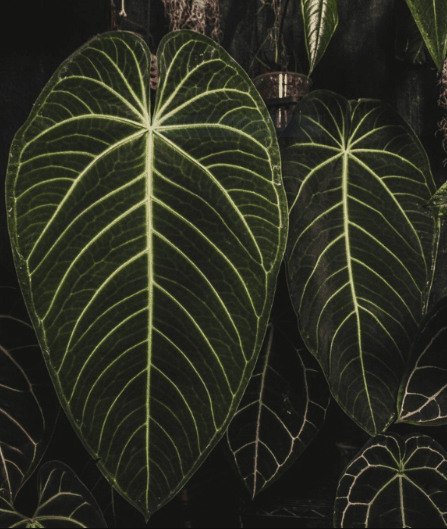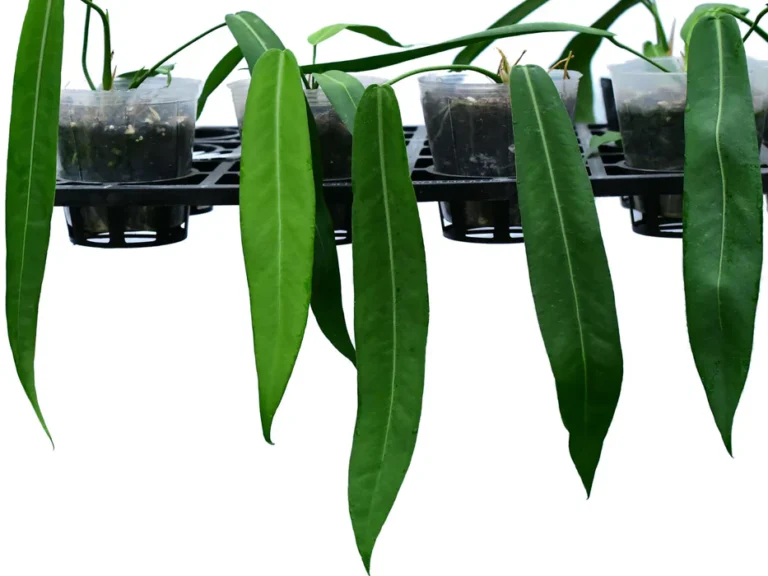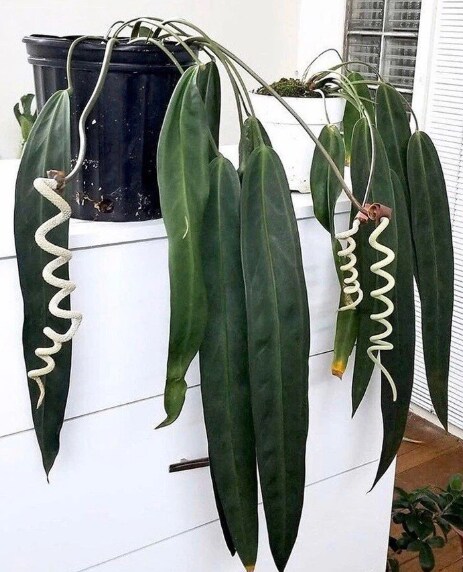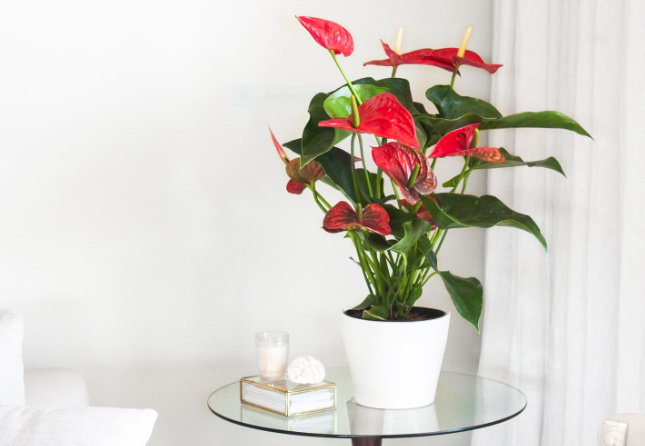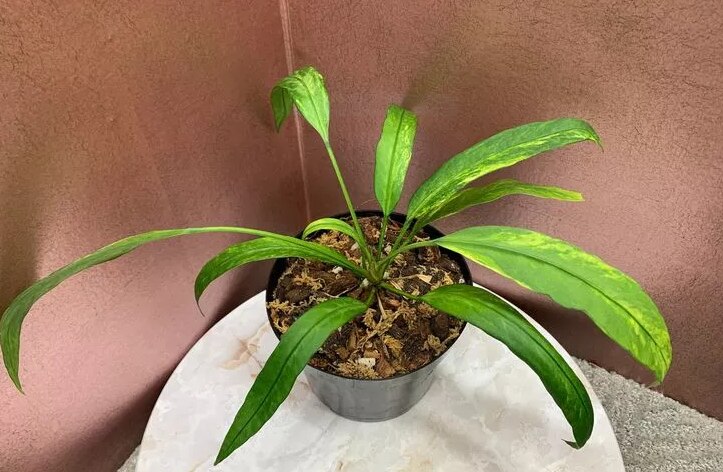Anthurium Watering Complete Guide 2025
Overwatering murders more anthuriums than any other mistake. Many tropical houseplant lovers lose their prized blooms to soggy soil and root rot.
But perfect anthurium watering is simpler than you think: Check the top inch of soil—if dry, water thoroughly. If damp, wait.
This tiny habit prevents Anthurium watering failures.
Stick to this guide, and you’ll keep roots healthy, leaves glossy, and flowers flamingo-bright.
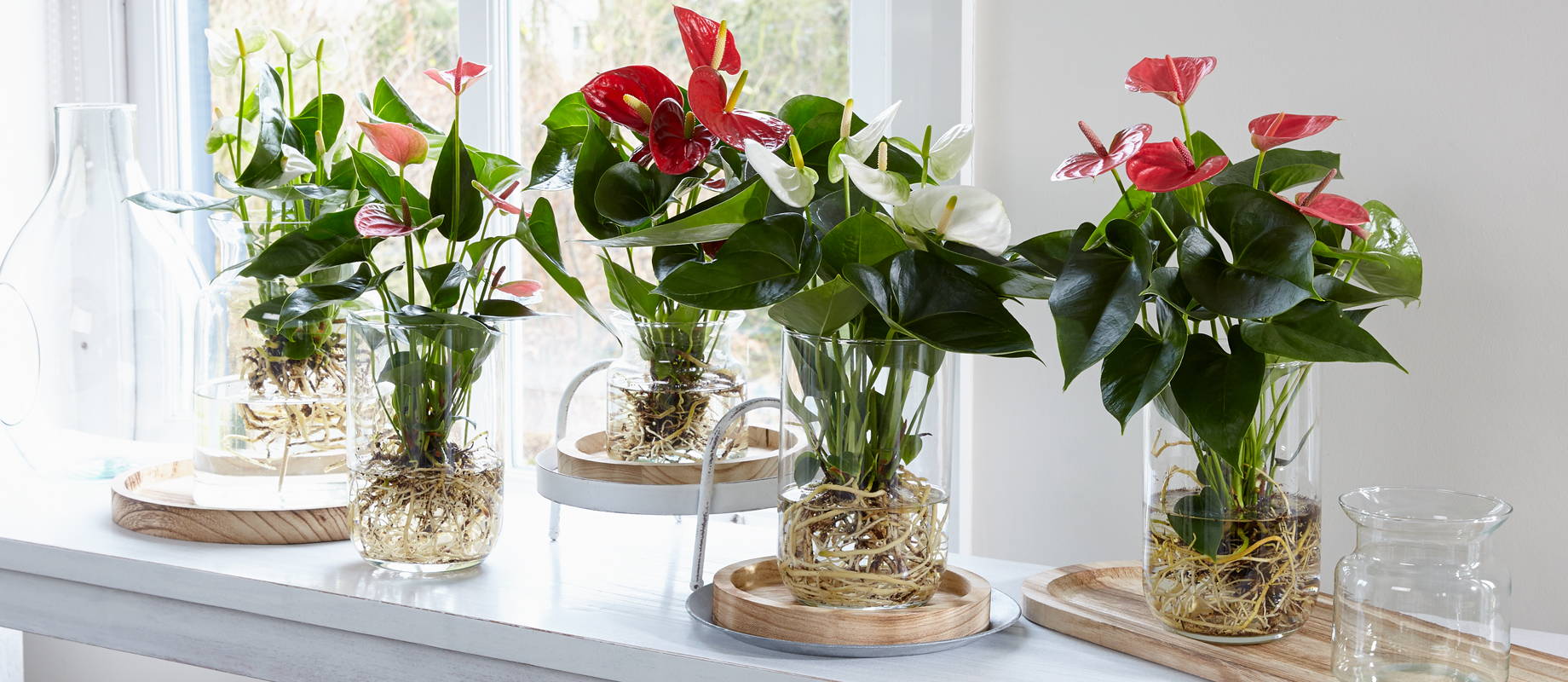
Anthurium Watering Frequency: When to Water?
Proper watering timing prevents root rot while supporting vibrant blooms. Anthurium watering frequency depends on dynamic factors—not fixed schedules. Always check soil moisture before watering, allowing the top 1-2 inches to dry first.
1. Environmental Triggers That Impact Anthurium Watering
Light, temperature, and humidity directly impact drying speed:
Monitor these environmental conditions daily to avoid underwatering or saturation.
2. Pot Size & Maturity Impact
Root-Bound vs. Juvenile Plants:
Root-bound anthuriums absorb water efficiently, drying soil faster. Juvenile plants in oversized pots struggle with moisture control.
Match pot size to root spread—repot only when roots circle the container.
3. Seasonal Watering Shifts
Use room-temperature water in winter—cold shocks roots.
Pro Tips
The Finger Test vs. Weight Method
Check the top 1-2 inches of soil. If dry, water deeply. If it’s damp, wait. This tactile check is reliable for most growers.
Alternatively, lift the pot. A light pot signals dryness; a heavy one means wait. Both methods beat guesswork.
Choose what fits your routine, but never let roots sit in water.
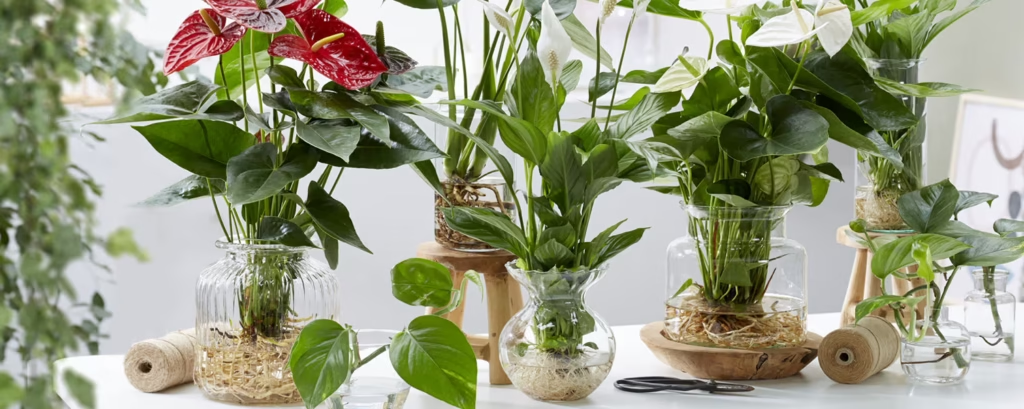
Recognizing Water Stress In Anthuriums: Overwatering vs. Underwatering
Even perfect watering schedules for Anthurium can go wrong. Spotting these signs early saves your plant.
1. Signs of Overwatering on Anthuriums
Yellow leaves starting from the bottom signal trouble. Stems turn soft and mushy near the soil.
A sour smell means root rot is advancing. Check roots immediately: black or slimy ones confirm it.
For root rot prevention, unpot the plant, trim damaged roots, and use fresh, airy soil. Never water “just in case.”
2. Symptoms of Underwatering on Anthuriums
Crispy brown tips appear on older leaves first. Flowers (spathes) droop or fade prematurely.
Growth slows dramatically. Soil shrinks from pot edges, and the container feels feather-light.
Unlike overwatering, under-watered plants recover faster with a thorough soak.
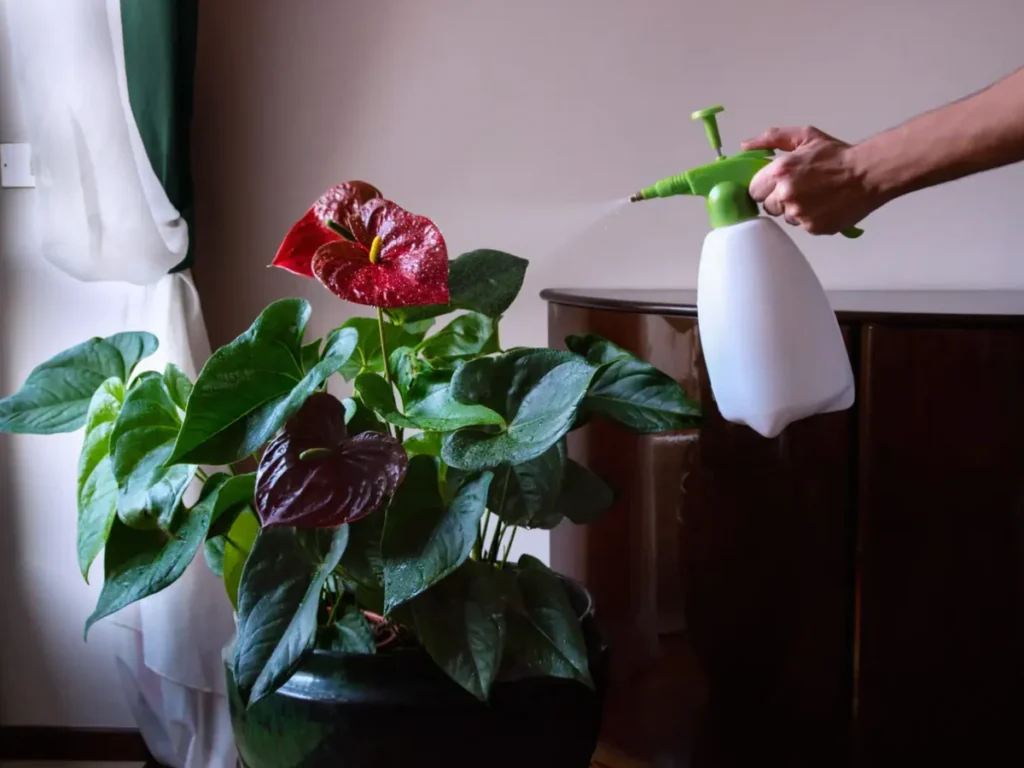
Proper Anthurium Watering Technique
Watering correctly protects roots and fuels blooms. Method matters as much as timing.
Top-Watering vs. Bottom-Watering
Top-watering involves pouring water evenly over the soil until it drains freely from the holes. This method flushes salt buildup and ensures deep hydration.
Bottom-watering places the pot in a water-filled tray, letting soil absorb moisture upward. It prevents leaf splashes but takes longer.
For epiphytic anthuriums, top-watering mimics natural rainfall better. Always discard excess water after 20 minutes.

Soil & Pot Selection for Ideal Hydration of Anthuriums
The right soil-pot combination prevents root rot while optimizing water absorption. Well-draining soil and strategic pot choices are non-negotiable for healthy anthuriums.
1. Well-Draining Soil Formula
Use a 1:1:1 blend of peat moss, perlite, and orchid bark for balanced moisture control. This mix replicates tropical forest floors:
2. Container Science For Anthuriums
Terracotta pots are ideal for overwaterers—their porous walls pull excess moisture away, drying soil significantly faster than plastic. Clear plastic pots enable visual root and moisture monitoring. Follow these sizing rules:
3. What are Repotting Triggers for Anthurium optimum hydration?
Repot every 2–3 years or when these signs emerge:
Critical Insight: Anthuriums thrive when slightly root-bound. Premature repotting risks overhydration; delaying weakens nutrient absorption.
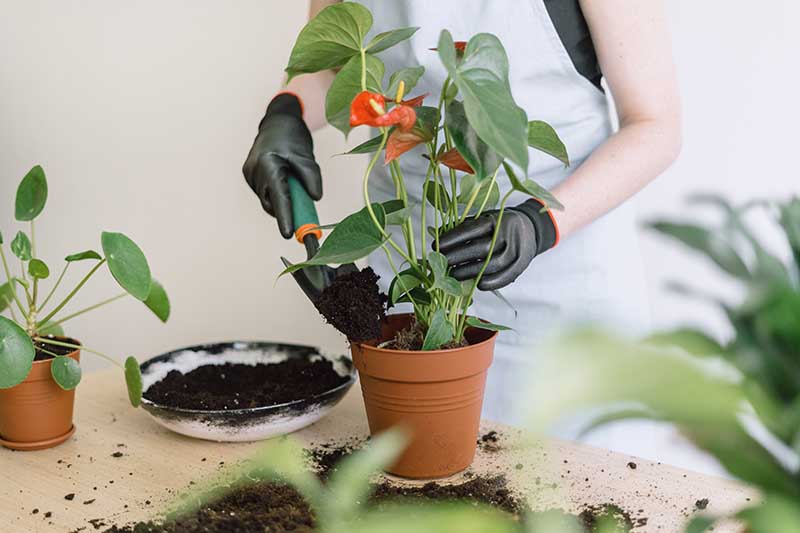
Humidity’s Role in Water Management of Anthuriums
Humidity controls your anthurium’s hydration efficiency. High humidity slows water loss through leaves, reducing root workload. Low humidity forces roots to compensate, increasing watering frequency. Balance this to prevent stress and rot.
1. Optimal Humidity Ranges
Critical Note: Below 50% humidity, plants lose water 3x faster, demanding frequent watering that risks root rot . Use a hygrometer to monitor—place it near foliage, not walls.
Why Does It Matters?
Humidity over 60% lets anthuriums absorb moisture through leaves, supplementing root uptake during heat waves or dry spells.
2. Anthurium Humidity-Boosting Methods
1. Pebble Trays
2. Humidifiers
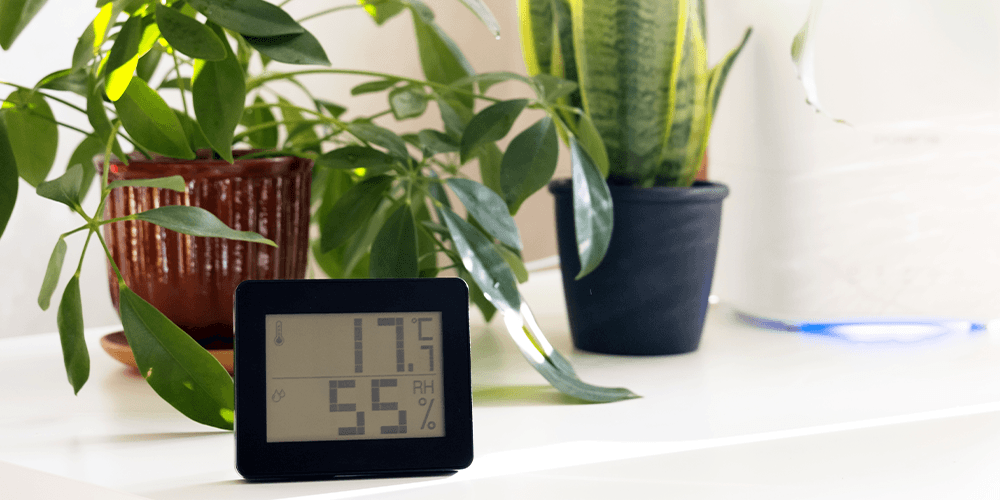
3. Grouping Plants
Cluster anthuriums with other humidity-lovers (e.g., ferns, calatheas). This creates a self-sustaining microclimate, boosting moisture 20% through collective transpiration.
4. Misting
Use Sparingly: Lightly spray leaves in early morning so water evaporates by noon. Avoid saturating—standing droplets invite leaf spot fungi.
Airflow Rule: Always pair humidity with ventilation. Stagnant air + moisture = mold. Use oscillating fans on low settings.
Humidity-Watering Synergy
Also Check Anthurium Care & Growth Guide 2025
Final Words + Pro-tips
Perfect watering isn’t about rigid schedules—it’s about adapting to your plant’s needs. Use these actionable fixes to troubleshoot common problems and keep your anthurium thriving:
Troubleshooting Quick-Fixes

About Author
Hi, I’m Emily Davis, a passionate tropical plant enthusiast dedicated to sharing knowledge and expertise with plant lovers. Through his blog, I will provide guides, tips, and tricks for caring for tropical houseplants species like Alocasia, Anthurium, Calathea, Philodendron, Begonia, and many more that will help readers bring a touch of paradise into their own homes. With a deep love for the vibrant colors and lush textures of tropical flora, I’m committed to inspiring others to cultivate their own tropical oasis.

